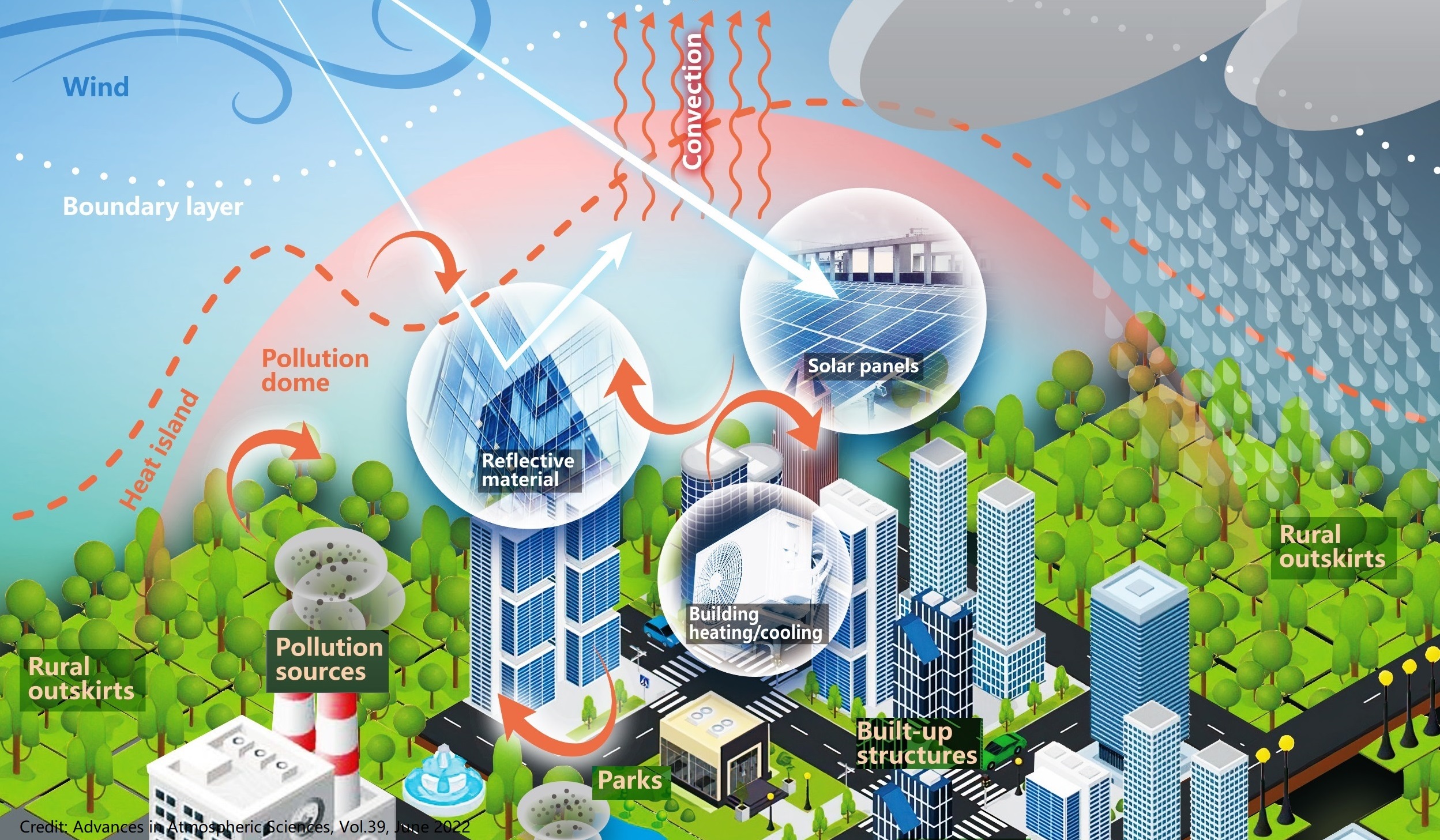Interaction between aerosol and meteorological processes.
 Based on the WRF-Chem modeling, the impact of meteorological processes such as boundary layer mixing and wind fields on the spatial and temporal distribution of aerosol concentration simulation are investigated, and its effect on the predictability of aerosol concentration is quantified. The study aims to reveal the mechanisms of the generation and evolution of atmospheric particulate pollution and the key processes that limit the modeling performance of aerosols.
Based on the WRF-Chem modeling, the impact of meteorological processes such as boundary layer mixing and wind fields on the spatial and temporal distribution of aerosol concentration simulation are investigated, and its effect on the predictability of aerosol concentration is quantified. The study aims to reveal the mechanisms of the generation and evolution of atmospheric particulate pollution and the key processes that limit the modeling performance of aerosols.
Related Publications
Du, Q., C. Zhao*, M. Zhang, X. Dong, Y. Chen, Z. Liu, Z. Hu, Q. Zhang, Y. Li, R. Yuan and S. Miao, 2020: Modeling diurnal variation of surface PM2.5 concentrations over East China with WRF-Chem: impacts from boundary-layer mixing and anthropogenic emission. Atmospheric Chemistry and Physics, 20, 2839-2863.
Du, Q., C. Zhao*, J. Feng, Z. Yang, J. Xu, J. Gu, M. Zhang, M. Xu, S. Lin, 2023: Seasonal characteristics of forecasting uncertainties in surface PM2.5 concentration associated with leading-time over the Beijing-Tianjin-Hebei region. Advance in Atmospheric Science, under review.
Impacts of urbanization on air quality
 Using urbanization scenarios data of recent decades, the impacts of urbanization-induced changes in the land surface type and increases in anthropogenic heat emissions on regional air pollution are investigated, and the contribution of climate change and urbanization to the long-term changes of regional air pollution are quantified. The study aims to reveal the mechanisms of urbanization effects on regional air pollution and improve the modeling performance of air pollution under complex land-surface conditions such as urban.
Using urbanization scenarios data of recent decades, the impacts of urbanization-induced changes in the land surface type and increases in anthropogenic heat emissions on regional air pollution are investigated, and the contribution of climate change and urbanization to the long-term changes of regional air pollution are quantified. The study aims to reveal the mechanisms of urbanization effects on regional air pollution and improve the modeling performance of air pollution under complex land-surface conditions such as urban.